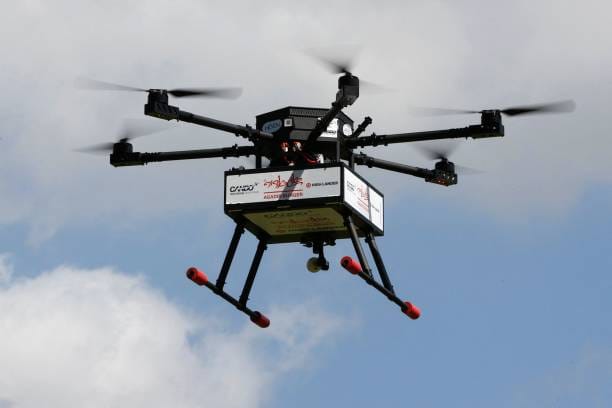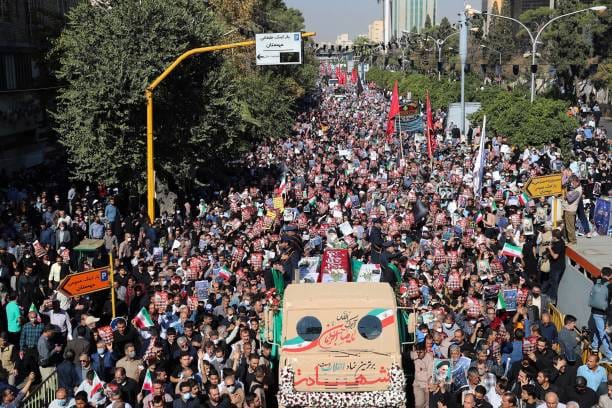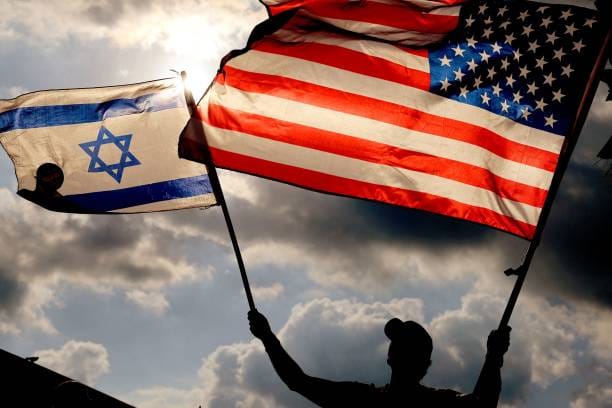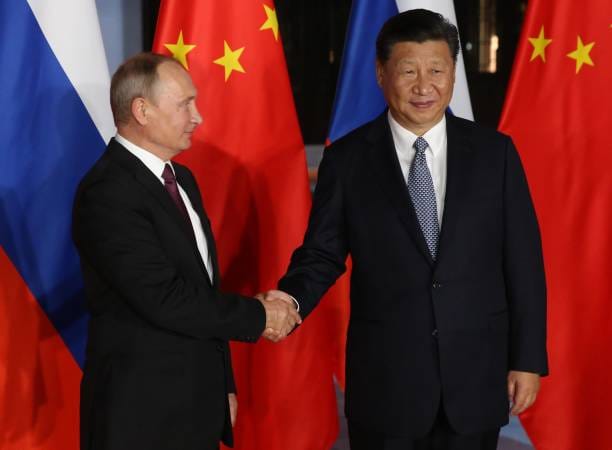Israeli Drone Downed By surface-to-air Missile in Lebanon

Israeli drone was shot down by a surface-to-air missile over Lebanese territory, marking a significant uptick in the longstanding conflict between Israel and Hezbollah. The Israel Defense Forces (IDF) confirmed the incident, stating that the unmanned aerial vehicle (UAV), identified as an Elbit Hermes 450, was conducting routine surveillance when it was targeted by Hezbollah's anti-aircraft units.
The downing of the drone occurred amid heightened tensions in the region, following a series of cross-border exchanges that have seen both sides engage in an increasingly dangerous game of brinkmanship. The IDF has responded to the provocation with targeted strikes in the Baalbek region, a known Hezbollah stronghold, signaling a readiness to escalate its military operations if necessary.
This incident is not isolated; it comes on the heels of a similar event in February when another Hermes 450 was brought down by Hezbollah, prompting a robust IDF retaliation deep within Lebanese territory for the first time in years. The Hermes 450, known in the military as the Zik, serves dual purposes as a surveillance and attack drone, making it a valuable asset in the IDF's arsenal and a prime target for Hezbollah's defenses.
The Lebanese group's successful missile strike represents a worrying development for the IDF, which has maintained air superiority over Lebanon for decades. Hezbollah's growing anti-aircraft capabilities, likely supplied by Iran, pose a new challenge to Israeli air operations and raise the risk of further escalation.
In the aftermath of the drone's downing, the IDF launched airstrikes on Hezbollah positions in Ayta ash-Shab, Arnoun, and Tayr Harfa in southern Lebanon. These strikes were part of a broader campaign to "remove threats," as the Iranian-backed group continued to fire rockets at northern Israeli communities throughout the day.
The situation has drawn international concern, with the United States and other Western nations calling for restraint from both sides. The United Nations Interim Force in Lebanon (UNIFIL) has also expressed alarm over the potential for a full-scale conflict, urging all parties to respect the Blue Line boundary and to cease hostilities.
Hezbollah's Secretary-General, Hassan Nasrallah, has issued statements asserting the group's right to defend Lebanese airspace and to respond to Israeli aggression. In a televised speech, Nasrallah warned that Hezbollah has not yet employed its main weapons or forces, hinting at the group's preparedness for a more extensive confrontation.
The IDF's downed drone and subsequent airstrikes are indicative of the fragile status quo that exists along the Israel-Lebanon border. While both sides have largely avoided direct conflict since the 2006 Lebanon War, the recent incidents suggest a growing willingness to engage in military action, albeit with calculated risks.
The Lebanese government, caught between its own political crises and the influence of Hezbollah within its borders, has condemned the violation of its airspace and called for international support to prevent further breaches. The Lebanese Armed Forces, though significantly less equipped than Hezbollah, have been placed on high alert in anticipation of further IDF actions.
Please leave your support by sharing this article before you leave. Thanks for your support



